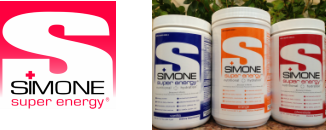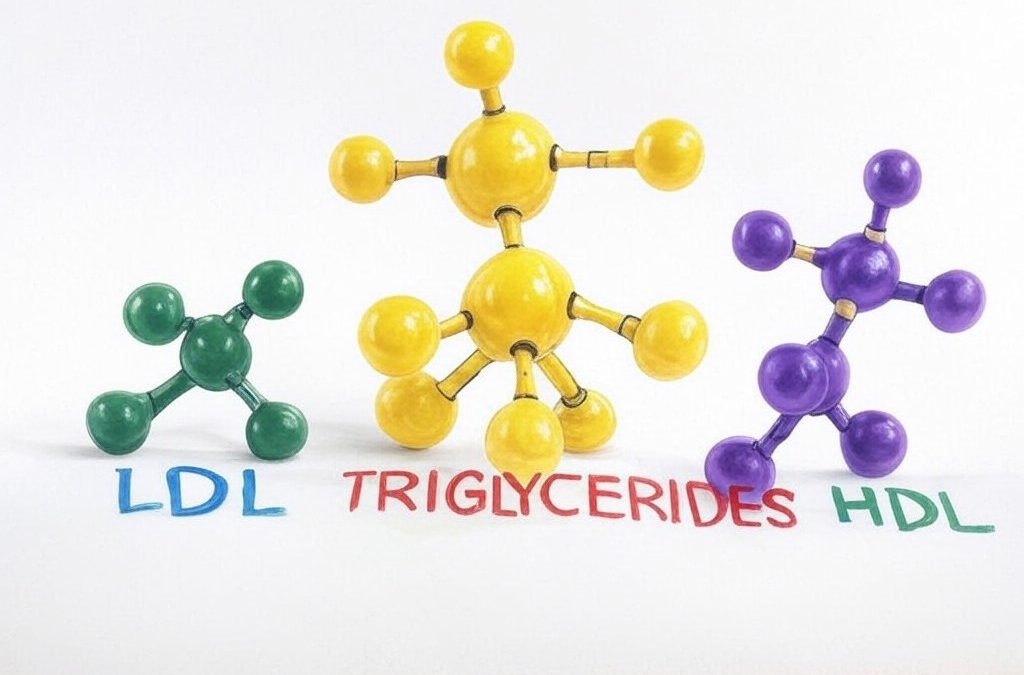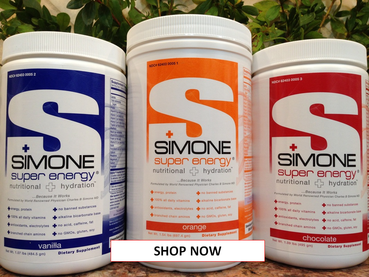We do not diagnose disease or recommend a dietary supplement for the treatment of disease. You should share this information with your physician who can determine what nutrition, disease and injury treatment regimen is best for you. You can search this site or the web for topics of interest that I may have written (use Dr Simone and topic).
“We provide truthful information without emotion or influence from the medical establishment, pharmaceutical industry, national organizations, special interest groups or government agencies.” Charles B Simone, M.MS., M.D.
DO YOU KNOW YOUR LDL? HDL? TRIGLYCERIDES? ARE THEY IMPORTANT?
Lawrenceville, NJ (Dr. Simone) – Foods that increase blood sugar will also increase small LDL particles within two hours of eating because insulin increases and stimulates new lipid production in the liver with consequent increased VLDL / triglycerides and small LDL. Small LDL particles are oxidized and are glycalated – form complexes with glucose that lead to inflammation and oxidation increasing the risk for cardiovascular disease, cancer, and other chronic illnesses. You can reduce your small LDL particles by consuming foods that keep blood sugar low such as proteins, egg whites, fats, and also a reduced intake of carbohydrates, especially wheat.
LDL particles begin large and receive triglycerides from VLDL in exchange for cholesterol. Large LDL particles are taken up by the liver but the small LDL particles are not easily recognized by the liver and hence linger longer in the bloodstream. Large LDL particles become depleted of both triglycerides and cholesterol and become much smaller in size – small LDL particles.
When a physician orders a lipid panel, only a calculated LDL cholesterol value is determined. A nuclear magnetic resonance analysis or an apoprotein B level will give you an accurate measure of small LDL.
Baseline LDL levels are not a good marker to determine which patients might benefit from treatment. Statin trials compared different statins at different doses, and did not compare different concentrations of on-treatment LDL. Conclusion: the LDL concentration contributed only modestly to overall risk prediction. No trial has shown that baseline or on-treatment LDL concentrations alter the beneficial effects of statin treatment. And that’s why a committee of a mere 15 people changed the US guidelines from treating to a specific LDL target to arbitrarily and capriciously treating patients who were at high risk with high dose statin.
Does the LDL matter at all? The most important predictor of vascular risk is the ratio of your total cholesterol to your HDL cholesterol (Lancet. 2014. 384:607-616).
Calculate your cholesterol ratio by dividing your HDL into your total cholesterol. For example, if your total cholesterol is 200 mg per deciliter (mg/dL) (5.2 millimoles per liter, or mmol/L) and your HDL cholesterol is 50 mg/dL (1.3 mol/L), your cholesterol ratio is 4-to-1. According to the American Heart Association, the goal is to keep your cholesterol ratio 5-to-1 or lower. An optimum ratio is 3.5-to-1. A higher ratio indicates a higher risk of heart disease; a lower ratio indicates a lower risk.
Is the benefit of statin therapy from lowering lipids or decreasing inflammation? The genetics of LDL cholesterol have given us important information. The genetic loci that relate to statin induced LDL reductions are distinct from the genetic loci that are associated with statin induced reductions of inflammation. People who had the most reduction in inflammation had the least recurrent vascular events. People who had low LDL and ordinarily would not require statin treatment but who were treated with statins anyway, had reduced heart attacks, strokes, and all-cause mortality.
Non-statin treatments: (1) A form of vitamin B3 (Niacin) which is called nicotinic acid can decrease cholesterol, LDL, triglycerides, and increase HDL; (2) bile acid binding resins; (3) fibrates; and (4) omega-3 fatty acids supplements.
When cholesterol becomes a solid material it activates inflammation and the immune system which are crucial steps for the initiation of atherothrombosis. Trials now are underway to assess the use of low-dose methotrexate, a chemotherapy drug that has been shown to reduce inflammation.
Does HDL matter? It is now questionable that raising the HDL will reduce risk (Lancet. 2014. 384:618-624) because there is no increased risk for cardiovascular disease in people who have genetic disorders that produce a very low HDL (mutations in apoA-1, ABCA1, and LCAT). And there is no decrease risk for people with a genetic disorder that increases HDL (gene name LIPG). Hence genetically altered levels of HDL do not alter the risk of cardiovascular disease. However HDL is protective because it moves cholesterol out of cells particularly macrophages, has anti-inflammatory, antioxidant, anti-apoptotic (killing) effects, and promotes protective NO (nitric oxide).
Medical factors that lower HDL: obesity, diabetes, smoking, inflammation, high triglycerides.
Medical factors that raise HDL: estrogen, thyroid hormone, exercise.
Do Triglycerides matter? There are only a few randomized trials that show lowering triglycerides will reduce risk (Lancet. 2014. 384:626-635). In fact, many people with high triglycerides (chylomicronemia syndrome) do not develop cardiovascular disease because those triglycerides are too large to enter the arterial wall. At lower concentrations, they are smaller and can enter the wall. High triglycerides lower HDL. Low HDL might be an indicator of long-term elevation of triglycerides. Triglycerides can be degraded by most cells but cholesterol cannot be degraded by any cell.
Aspirin, the Poor Man’s Statin? A comparative review of two statin trials and two aspirin trials of both high and low-risk individuals indicate: 1) Aspirin provided the same degree of protection against non-fatal heart attack as statins; 2) Aspirin can prevent heart attack; 3) Aspirin is an anti-platelet agent, anti-inflammatory, and anticoagulant (Editorial. Lancet. 1998. Vol. 351:227-28).
(c) 2017 Charles B Simone, M.MS., M.D.



